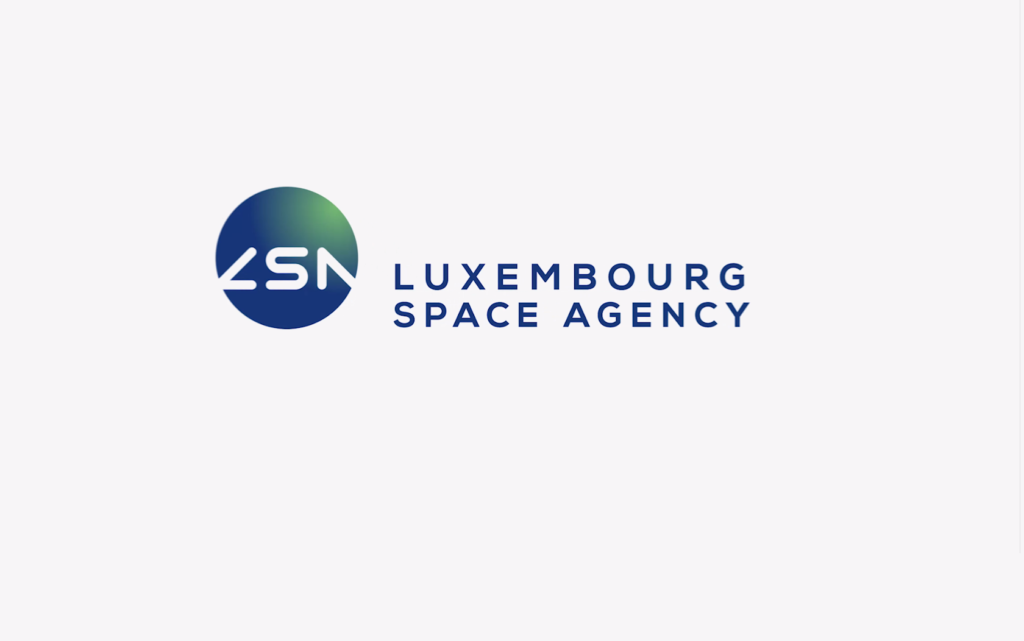The Luxembourg Institute of Science and Technology (LIST) and lunar exploration company ispace this week held a press conference to mark the beginning of their joint endeavour to developing a first mission to prospect for resources on the Moon and, in particular, to detect and analyse water. The FNR supports this partnership with a grant from its innovation programme BRIDGES.
In 2017, the Luxembourg Institute of Science and Technology (LIST) and ispace Europe – a Japanese lunar exploration company whose European headquarters are in Luxembourg – formed a strategic partnership with the aim of developing a first mission to prospect for resources on the Moon and, in particular, to detect and analyse water.
One year later, initial research work on the development of an instrument capable of detecting water in situ at a lunar pole and performing an initial mapping of the water distribution in a polar region has begun.
October 2018 saw the launch of the dedicated FOCAL1DS – “Space Deployable 1-Dimensional Focal Plane Detector for Magnetic Sector Mass Spectrometer” research project, funded by a two-year FNR BRIDGES grant of just under 500,000 EUR.
A compact mobile mass spectrometer on the moon
With the aim of increasing human presence in space while at the same time using the resources available on the Moon, ispace Europe plans to detect and analyze the potential water resources present on the Moon. To achieve this, a compact mobile mass spectrometer roving the lunar surface is vital. While ispace Europe develops lunar exploration technologies, these still need to be coupled with a high-performance compact mass spectrometer that is specially adapted for space applications.
LIST has the mass spectrometry technology that for such applications; Through the recently completed MS-SPACE – “Development and benchmarking of a compact mass spectrometer for space applications” project, also funded by the FNR, LIST researchers were able to adapt and further develop their own mass spectrometry technology for space applications in partnership with NASA’s Ames Research Center (USA). After two years of research, the technology – deployable in space to meet NASA’s requirements – revealed its full potential.
Mass spectrometry meets micro-robotics
With FOCAL1DS, LIST researchers specializing in Advanced Instrumentation for Ion Nano-Analytics (AINA) are again working to adapt their technology from their Belvaux-based laboratories in Luxembourg. High-performance compact mass spectrometry technology will in this way be coupled with ispace’s lunar rovers.
Small and lightweight, these rovers are to be used by ispace Europe to explore the surface of the Moon. Once equipped with a compact instrument, specifically designed to measure certain elements and molecules, such as hydrogen, oxygen and water, they will be able to fully perform their mission: to analyze and map the water resources potentially present on the lunar surface.
By September 2020, the detection technology required by the mobile spectrometer instrument will be made available to ispace Europe so that it can then test it as a whole in the relevant space environments.
FNR and space projects
In addition to this collaborative project, the FNR currently supports three further collaborations with ispace, funded through its innovation programme Industrial Fellowships. Articles looking into these projects will be published during the course of 2019 to coincide with the 50th anniversary of the moon landing. In the meantime, you can view the project abstracts:




